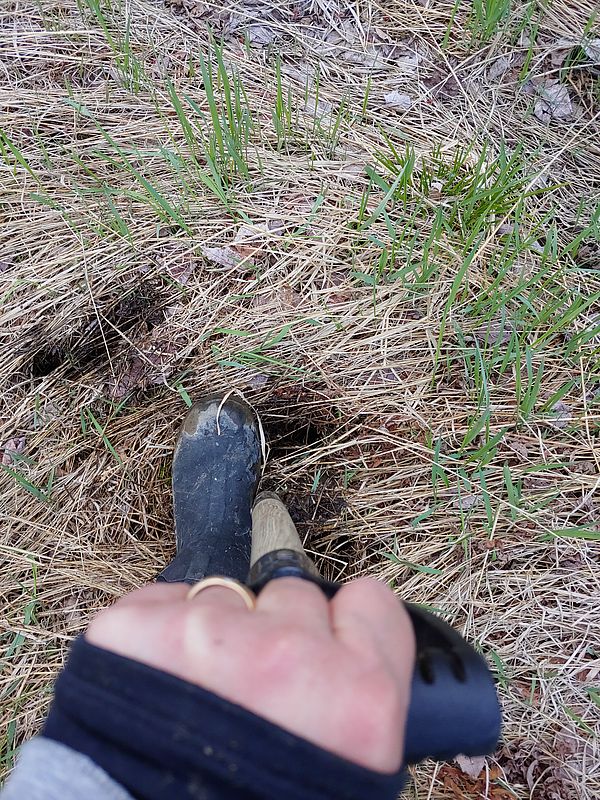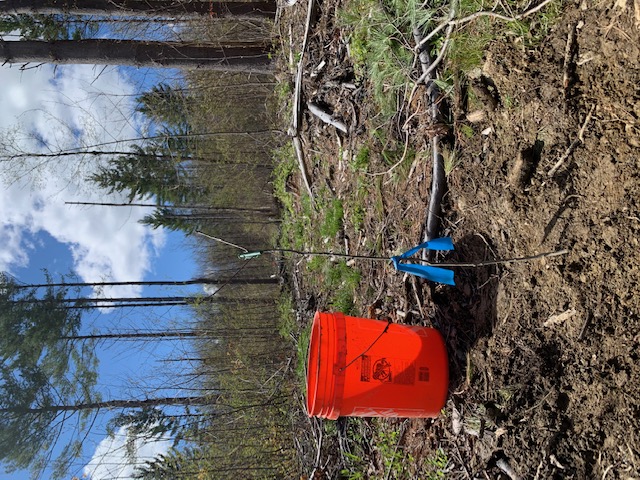Greeting friends, and welcome to the Spring 2021 edition of CONNECTIONS, the quarterly newsletter from Cold Hollow to Canada. We hope everyone made it through the weather rollercoaster coming out of April as we seemed to swing from winter, to summer, and back to winter again. The spring ephemerals have popped up in the understory, the dawn chorus has returned to the canopy, and our amphibian friends are making their way back into the uplands from their romp in the vernal pools that appear each year before vanishing again, leaving a trace only discernable by the well-trained eye. We hope that you’ve been able to get out and enjoy the lovely weather the past couple weeks as spring finally appears to settle in.
There’s an old proverb that states “the best time to plant a tree is twenty years ago, the second-best time is now.” We take that wisdom to heart at CHC, both literally and philosophically. Our work on this shared landscape looks towards the future as we try to adapt and build resilience in the face of a changing climate. We don’t have a magic eight ball that provides a road map, but we do have a strong foundation of research which provides a compass to our work, directing us where take action through stewardship, and to protect those areas of unfragmented forest in our region most critical to our shared future as members of a community that not only includes the people, but the soils, waters, plants and animals—or as Aldo Leopold put it, collectively: the land. In a world charged with a need for immediacy, we take the long game. The work we do today is for the future.
This is never more true than during the annual spring work we undertake with our Woodlots Program landowners to plant trees. Supported through the Regional Conservation Partnership Program with the Natural Resource Conservation Service—which brought over half a million dollars for work on forest health and stewardship to the CHC region in 2017—we’ve worked with landowners to plant close to one thousand stems over the past two years. From red oak to silky dogwood, these plantings are designed to enhance wildlife habitat by providing additional sources of mast (food like acorns and berries), as well as the myriad of other values trees provide, from carbon sequestration to water quality protection.
There’s another saying that “our society is great when old men plant trees whose shade they will never sit under”. We may never sit under the shade of these trees, but we know that the generations coming after us will. We know that the bears and birds which roam our forests and fields today may never feed on these acorns or serviceberries, but future generations will. Our work today, from each individual tree planted to each acre of forestland conserved, builds the foundation upon which those who come after us will build. It’s a heady responsibility, but we’re grateful for the opportunity.
Enjoy this edition of CONNECTIONS. Inside you’ll find information on our first-of-its-kind Carbon Aggregation Project with the Vermont Land Trust, the story behind dinosaurs cutting trees, and ..... Be safe, stay healthy, and enjoy the rest of what I can only describe looking out over the apple blossoms in the meadow as the best season Vermont has to offer.


